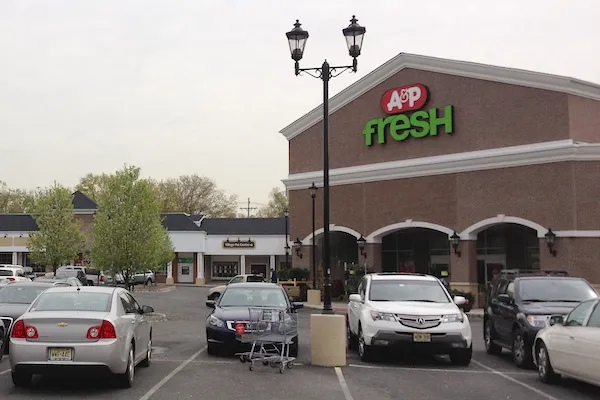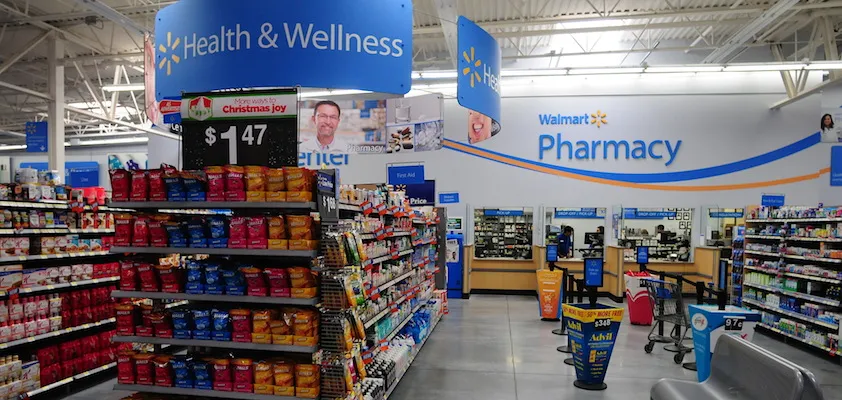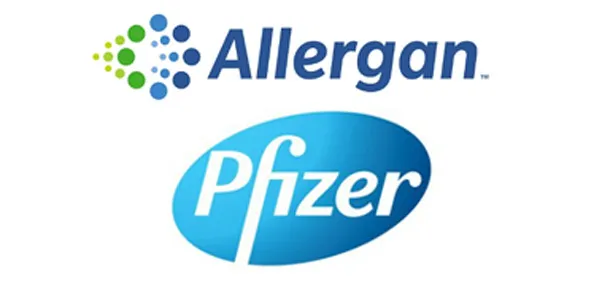The Great Atlantic & Pacific Tea Co. has, for the second time in five years, entered Chapter 11, a return that likely presages the death of one of the legendary names in the history of mass market retailing.
The decision to seek bankruptcy protection one Sunday last month marked the end of the latest effort to revitalize the flagging supermarket and food/drug combination store operator’s fortunes, which have been slowly declining for the past six decades. The fact that the company’s demise extended over such a long period is attributable to the eminence it once enjoyed.
Founded in New York City in 1859 as a purveyor of tea and coffee, A&P had emerged as the world’s largest retailer by 1930, generating almost $3 billion in annual sales out of 16,000 stores. It was the Walmart of the day, commanding as much respect and fear among competitors as the discounter now does.
From that position of strength, A&P in 1936 started to open self-service grocery stores; by 1950 it operated more than 4,000 supermarkets across the country.
Then the lethargy set in. Over the course of the ensuing decades, A&P failed to respond effectively to investment and innovation by other grocers in such areas as store infrastructure, merchandise mix and pricing. Declining sales ensued, triggering a downward spiral that was never reversed.
The A&P that first sought bankruptcy protection in 2010 was a shadow of its former self, with 395 food stores in six Mid-Atlantic states and the District of Columbia. The retailer emerged from Chapter 11 as a private company, after receiving almost $500 million in financing from Yucaipa Cos. and other investors, but the bleeding continued.
Now the dismemberment of the chain has started: 25 of A&P’s remaining 296 stores have been shuttered, and another 120 are in the process of being sold to Ahold USA (which will operate the outlets it acquires under the Stop & Shop banner), Acme Markets and Key Food. Further asset sales are expected.
That history should stand as a cautionary tale for all retailers. Today Walmart, which was not founded until more than a century after A&P first opened its doors, stands at the pinnacle of the industry. With annual sales of $482.2 billion, it appears to be in an unassailable position. One would have to combine the retail sales of the next six biggest U.S. merchants to reach that level.
But the bitter experience of A&P, which in its heyday held an even more commanding position than Walmart currently does, shows that nothing in business is immutable. Walmart has in recent years found it more difficult to drive significant sales increases — particularly on a comparable-store basis — than it did earlier in its history, and it faces a formidable array of brick-and-mortar competitors, including Kroger, Target, CVS and Walgreens.
An even bigger challenge to Walmart’s supremacy could come from Amazon, the e-commerce pioneer that started as a bookseller and has evolved into, to borrow the title from Brad Stone’s recent book about the company, the “everything store.”
Financial results for the quarter ended June 30 indicate that Amazon is still on the rise. Sales increased 20% to $23.18 billion, putting the company on track to exceed the $100 billion mark for the year, and net earnings, an area where Amazon has been an erratic performer, came in at $92 million, reversing a $126 million loss in the same period a year ago.
None of this is meant to imply that Walmart will suffer the fate of A&P or that Amazon is destined to surpass it in sales. Chief executive officer Doug McMillon and his colleagues at Walmart are well aware of the changes transforming the retail business, and they are taking prudent steps to ensure the company’s relevance and viability over the long term. The danger illustrated by the slow-motion demise of A&P is what can happen when managers are content to sit back and think they have all the answers, even as the world around them evolves.
The object lesson is as pertinent to community pharmacy as it is to other forms of retailing. CVS and Walgreens have assembled powerful assets that extend the continuum of health care, bringing unprecedented efficiency and economies of scale to their operations through vertical and horizontal expansion. But they can’t afford to be complacent. One big idea or a succession of smaller ones from an established player or a newcomer could alter the balance of power for everyone.









